


Adventure awaits at Custer State Park as the first, largest, and oldest state park.
Custer State Park features a wildlife reserve and refuge and is located in the Black Hills of South Dakota. Visitors often go biking, bird watching, boating, fishing, hiking, horseback riding, picnicking, and swimming during their visit. It is open year-round, making snowshoeing a great option for winter recreation. There is a museum, interpretive signs, and historical interest within the park. It encompasses 71,000 acres that are perfect for camping, wildlife observation, and adventure. There are 9 campgrounds with 341 campsites, 50 camping cabins, plus a horse camp.
Between October 1st and April 30th, showers, flush toilets and other water systems may be closed, but vault toilets usually remain open. Visitors will find plenty to do at Custer State Park. Feel free to explore the granite peaks, forests, lakes, and streams. The park is home to a large bison herd that roam the landscape along with whitetail and mule deer, antelope, mountain goats, elk, coyotes, burros, bighorn sheep, birds, wild turkeys, and prairie dogs.
Custer State Park has scenic drives like the Needles Highway and Iron Mountain Road. A favorite is the 18-mile Wildlife Loop Road located in the southeastern corner of the park. The best times to drive the loop are early in the morning and late evening because the bison are most active during those times. Hike various trails like the Sylvan Lake Shore Trail leading around the rock-lined reservoir or the challenging trail leading up to Black Elk Peak, the highest peak in the state.















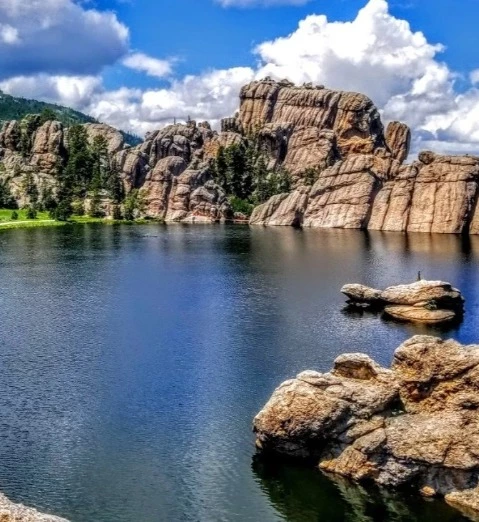




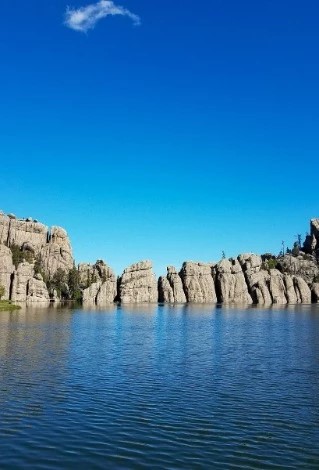
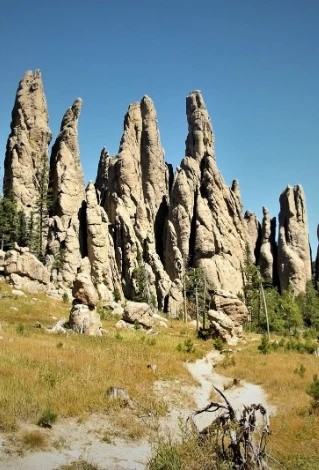
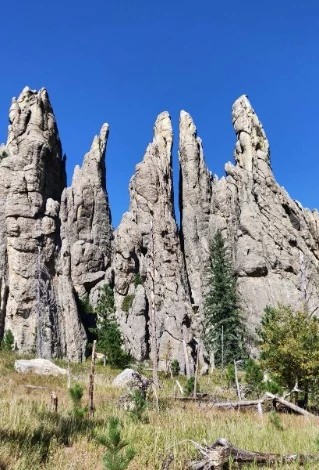
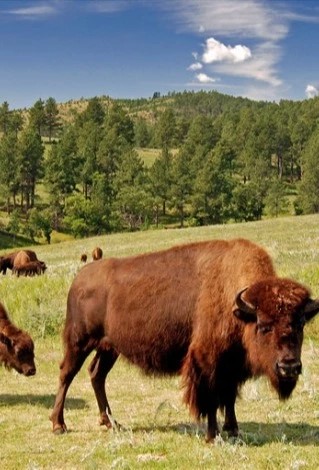

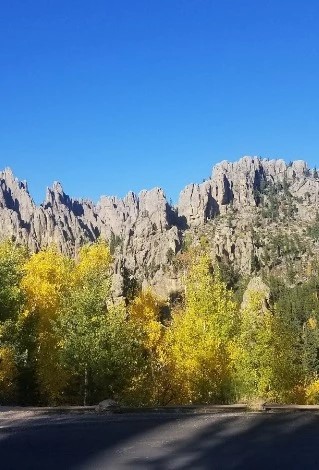

Report a comment
Please let us know why you want to report the comment from this user:
Thank you. Your report will be reviewed soon